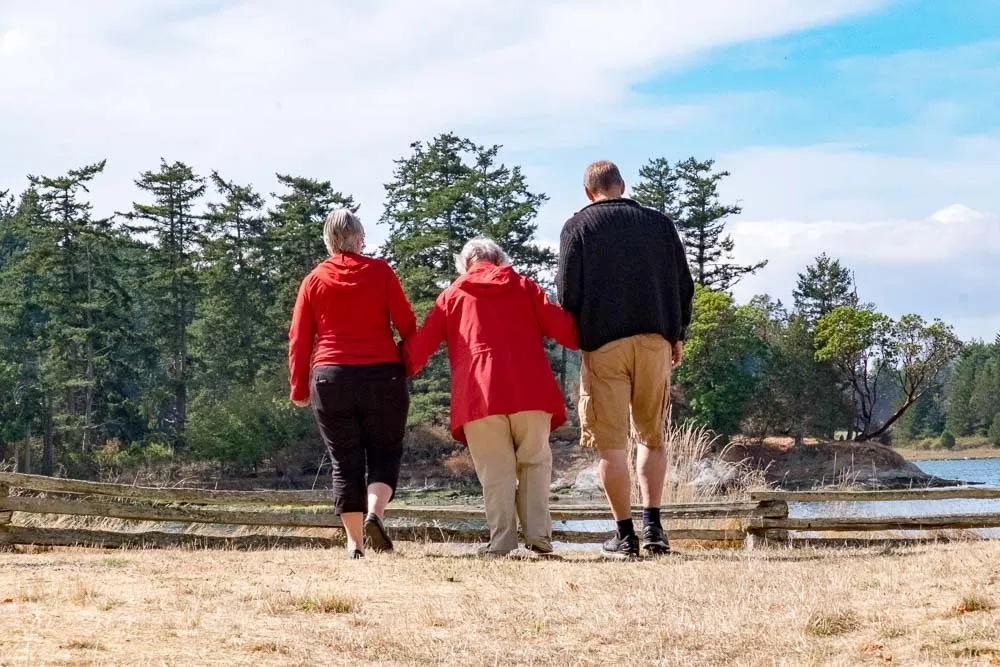Last week Nash and I went on our annual kayak camping trip. We put all our camping gear in my beloved Advanced Elements inflatable kayak and paddled until our arms almost fell off!
Haro Straight between San Juan Island and Canada's Vancouver Island is the best place in the United States to see orcas. However, thanks to a drought a couple years back, there weren't enough salmon to support the three orca families this year and they left. Transient orcas (the seal-eating kind) still pass through from time to time, but we didn't see any on our trip. Maybe next time!
I will do an Adventure Reading write-up of this trip at some point, with prettier words and photos, but for now here's a more casual video of the whole experience:
HOW WE DID IT
1. Get a kayak.
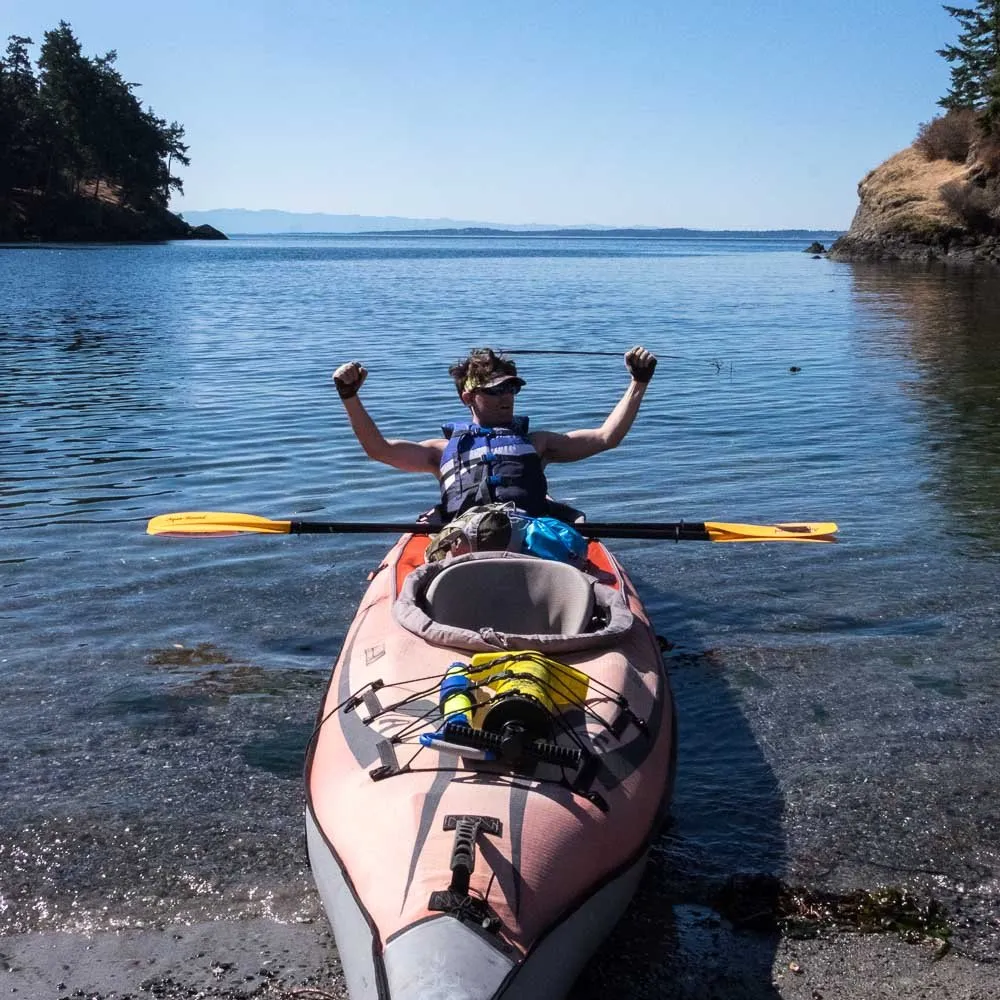
I found my inflatable kayak on Craiglist a while back for 75% off the list price. It also came with paddles and other accessories - not bad! If you don't have your own, you can rent top-of-the-line sea kayaks on the island for a pretty penny at places like SeaQuest or San Juan Kayak Expeditions.
We didn't have a rudder installed on our kayak, which made dealing with cross-currents very difficult. Let's just say our right arms got a lot of extra use.
2. Pack

You basically need all the same stuff you would bring on a normal backpacking trip, although weight is less of an issue.
You can see all our camping gear in the video (tent, sleeping bags, sleeping mats, camp stove, fuel, cooking pot, water filter, and food). We wore sandals, gloves, exercise clothes, and windbreakers. Not shown are our headlamps, water jug (we used an empty gallon milk carton), sunscreen, toiletries, and warm clothes. We also brought along a dry bag full of our electronics, a printed tide chart, and a map of our route.
Make sure to pack the heaviest stuff at the bottom of the kayak and try to keep the weight balanced. We replaced the center footstop with a duffel bag and used bungee cords to tie the lighter stuff to the deck, since our inflatable doesn't have hatches.
For safety, we always carry life jackets, a bilge pump, and a bilge sponge in the kayak. Since we're in an inflatable, we brought our pump and patch kit. Depending on the conditions, you may need to invest in spray skirts, drysuits, and a marine radio.
3. Choose where to camp
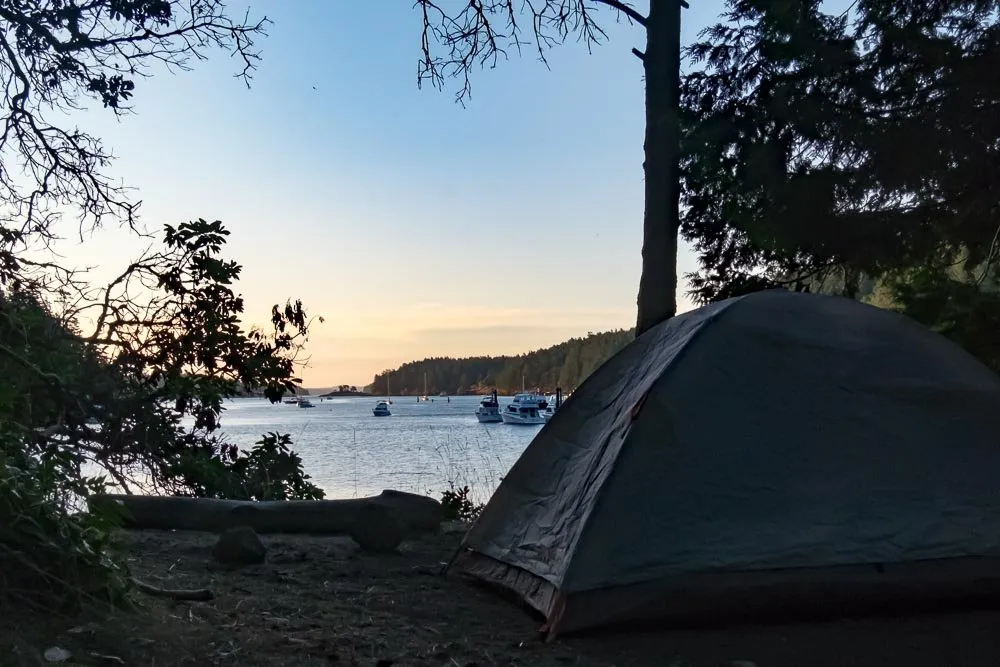
Everything on the island is expensive, and even the campsites range from $12 to $40 a night!
There is a shared human-powered campsite for bikers and kayakers at San Juan County Park. If you plan to stay there in a normal campsite, reservations must be made far in advance.
There are a number of choices for islands to camp on. Posey Island Marine State Park, on a tiny island not far from shore, is the closest but requires reservations. Jones Island Marine State Park is located on the other side, between San Juan and Orcas Islands.
We chose Stuart Island State Park, the westernmost of the San Juan archipelago. The campground is at the end of a long inlet and we had it to ourselves on a weekday in September, though the bay was full of people moored in their bigger boats. There are some hiking trails, or you can walk along the single county road to the lighthouse.
3. Take the ferry
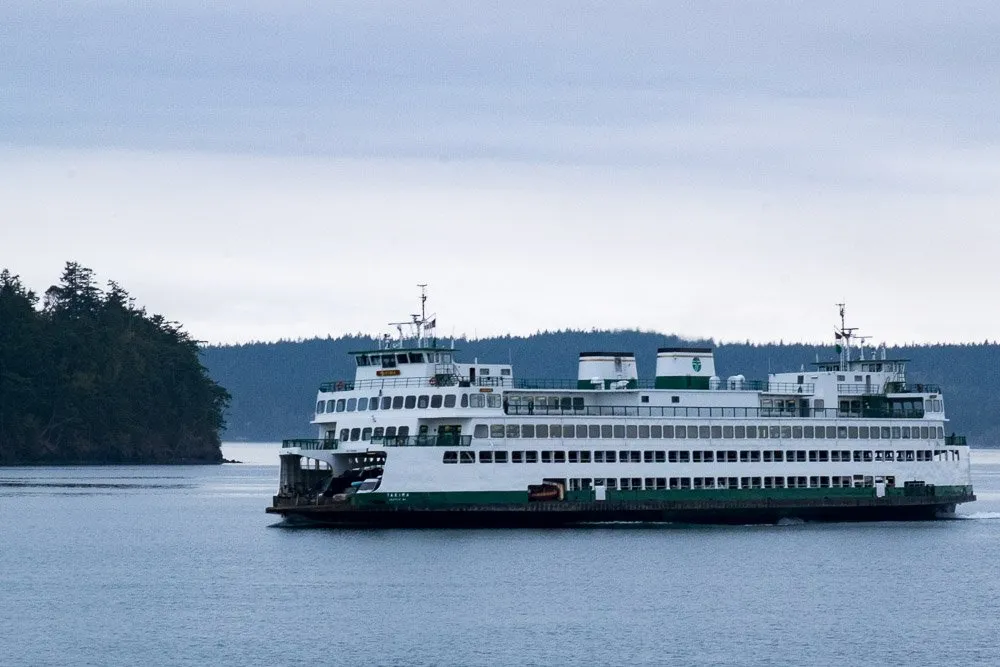
The ferry from Anacortes, Washington to Friday Harbor, San Juan Island runs several times a day, but to avoid a long wait reservations are recommended if you're bringing a car. You don't have to worry if you're just walking on.
4. Hang out on San Juan Island
Friday Harbor
This is where almost all the shops and restaurants are, and you can spend the whole day just walking around or hanging out in cafes. We grabbed a very filling breakfast at Rocky Bay Cafe.Krystal Acres Alpaca Farm
Not a lot to do here besides look out at the herds of alpaca and browse the very expensive store, but it's a worthwhile detour if you have a car.
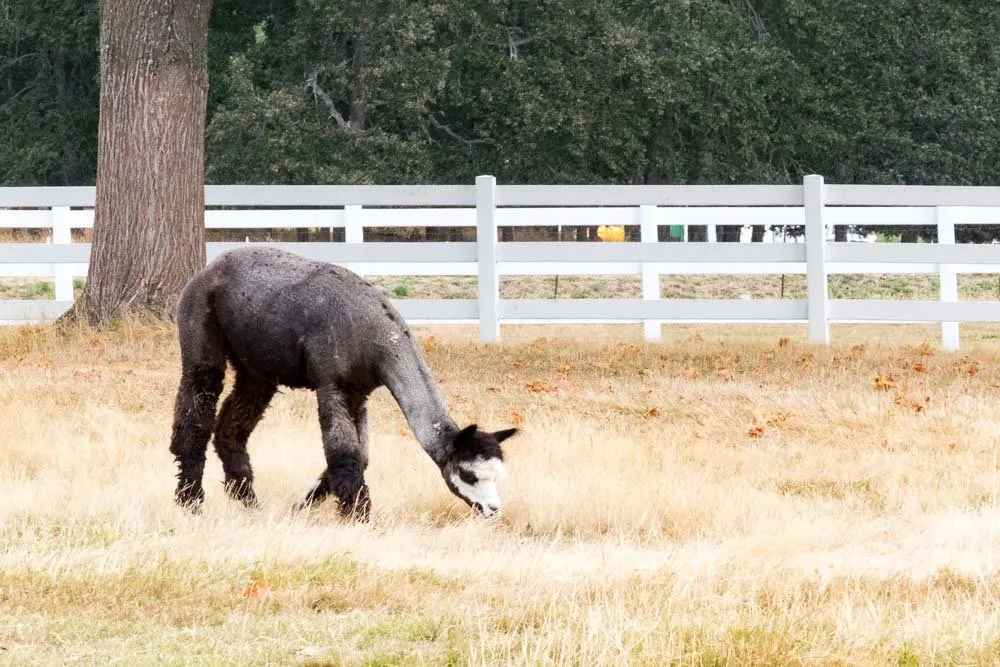
English Camp
A touch of history about the "Pig War" guided by rangers and placards, with a great view and some walking trails. Free.
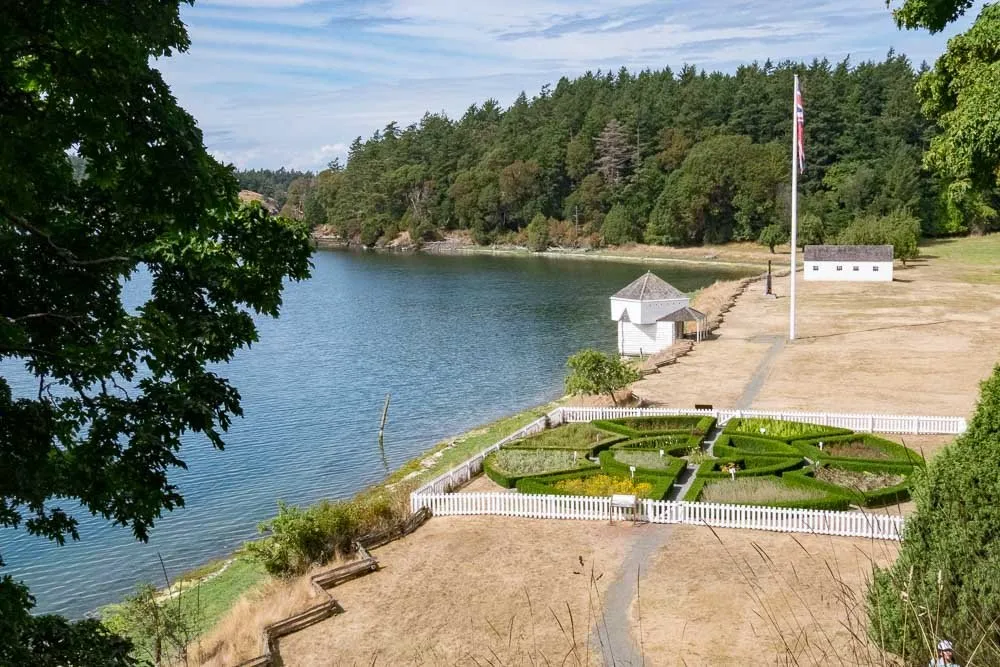
Lime Kiln Point State Park
You can only park here for free if you have a WA state park Discover Pass, otherwise it's $10. Features a quaint lighthouse at one of the best places to spot orcas from land during the summer months.

5. Paddle!
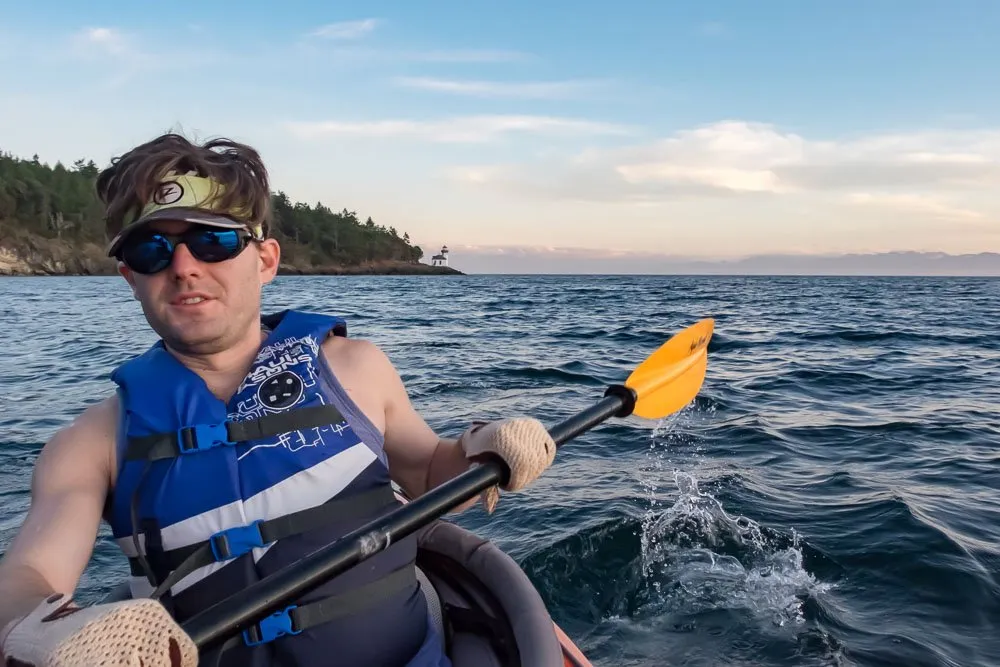
During summer, a permit is required to launch from Smallpox Bay at San Juan County Park, and you also need to pay $20 a night (!) to leave your car there. Alternatively, you can risk parking along a road and launch from Deadman Bay to the south.
Now it's just up to your upper body to propel you where to want to go.
Along the way, stay alert for orcas, porpoises, harbor seals, Stellar sea lions, otters, bald eagles, and great blue herons. (We saw all of these except for the orcas!) Also keep an eye on the tides and weather, since currents and waves can be strong.


Thanks for reading! Hope you don't mind the departure from my usual stories. I'm toying with doing a regular vlog + guide thing to hold myself more accountable, so let me know if you enjoy it / find it useful / just wish I'd stick with actual writing...
- Katie, @therovingreader
!steemitworldmap 48.540854 lat -123.160081 long How to go camping in a kayak in a breathtaking archipelago, with a chance of orcas and a guarantee of fun. D3SCR
FYI, this is the "grandma butt" photo I took:
